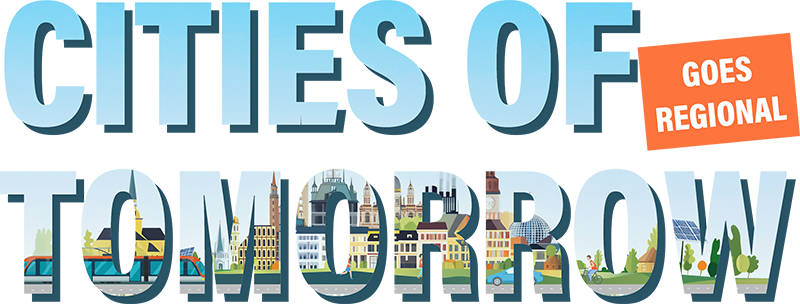Rastel.io is the first Romanian startup that focuses on developing smart solutions for secure bike parking, with modular and adaptable options. Our goal is to accelerate the adoption towards sustainable Urban Mobility while providing intelligent solutions that can offer insights about mobility trends, reward cyclists through a gamification platform when parking their bikes and have scalability and flexibility at the core.
We have successfully implemented pilot projects in Romania in cities such as Cluj-Napoca, Bucharest, Oradea, as well as in other European countries such as Greece and Slovakia. We are actively looking to expand our presence internationally, while offering solutions that solve bike parking issues, this eliminating concerns about theft and vandalism.
Our current priority is to strengthen our relationships with representatives of city administrations, raise awareness and respond to their standards and requirements while developing tomorrow’s cycling infrastructure.
